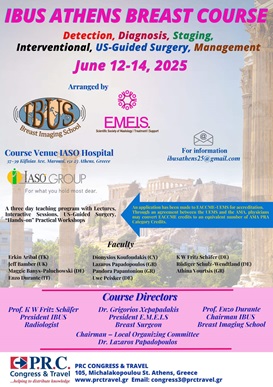
Rooming In
Maternity Clinic
IASO offers mothers the option of having their baby in the same room with them 24/7, from the time it is born to the time they are discharged from the Maternity Hospital, irrespective of room type and without any extra charge.
The maternity staff take care of the newborn daily. However, if the mother wishes so, she may participate in her baby’s care routine.
In all events, the nursing staff expend all efforts to keep the mothers close to their newborns.
The term “rooming in” refers to the practice of having the baby in the same room with the mother 24/7, from the time it is born to the time they are discharged from the Maternity Hospital.
This practice also encourages early start and continuation of breastfeeding. Rooming in is among the 10 steps to successful breastfeeding according to the Baby-friendly Hospital Initiative launched by WHO and UNICEF.
Rooming in:
- offers uninterrupted contact between mother and child from the moment it is born, which contributes towards building their relationship
- strengthens the emotional bond with the mother
- gives the baby the sense of security, peace and tranquility it is entitled to
The baby is not a stand-alone unit. There’s ONLY the mother-baby duo, who must get to know each other, cooperate and function as a team.
By getting the chance to care for her baby, the mother will be more accustomed to it and will have better adjusted to its needs and patterns from the time they were still at the Maternity Hospital.
Rooming in also affects the breastfeeding process. The baby perceives the mother’s breast as a part of itself; the same applies for the mother who offers her milk to her baby.
Through rooming in
the mother has the chance to occupy herself with breastfeeding throughout the day, trying to teach her baby to breastfeed, as breastfeeding does not just rely on instinct, but is a skill that needs to be picked up both by the mother and the baby. The baby has the chance to experience exclusive breastfeeding, with all its advantages, and eat freely and without any limitations, any time of the day or night it wishes.
Before crying, the baby expresses its hunger in other ways:
- moving its head left and right, as if looking for something
- licking its lips
- making breastfeeding movements
- sucking its fingers
If the mother ignores these signs for a while, then the baby starts crying, and the more restless the baby is, the harder it is to breastfeed it.
The mother starts to:
- learn how to place the baby on her breast so that she is not in pain and to avoid irritation to the nipples
- choose the most comfortable breastfeeding position for her and her baby each time
- recognize when the baby is full
Both the partner and the adherence to the visiting hours contribute to successful application of the rooming-in practice.









